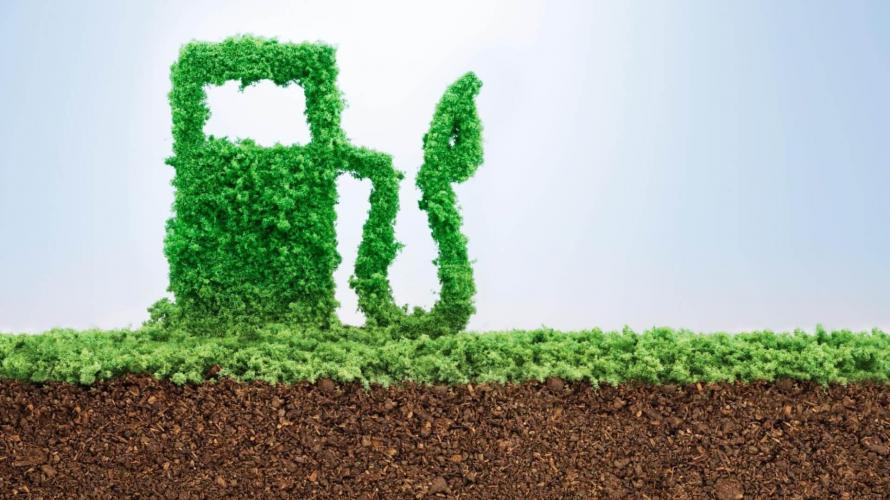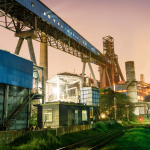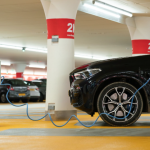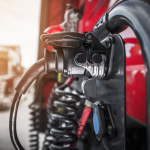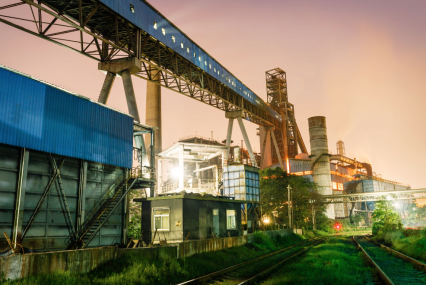When it comes to low and zero-emissions transportation technology, the market can generally be broken into four major categories: natural gas (both liquid and compressed), propane, battery-electric and hydrogen.
All four are growing in popularity and viability, and all four have proven to be more environmentally-friendly than traditional fuel alternatives.
Here’s a closer look at each one, the benefits they provide and the future of the consumer fueling experience.
CNG, LNG & Propane
Compressed natural gas (CNG), liquified natural gas (LNG) and propane are all mature markets for alternative fuels that offer near-zero emissions. Both have seen a rise in popularity in recent years in India, Europe, the Middle East and Africa (EMEA). These fuels are already in use in light, medium and heavy-duty fleet sectors, including refuse, long-haul, and school and public transportation. LNG remains purely dedicated to the heavy transportation sector.
Electric
Electric Vehicles (EV) powered by a motor with energy supplied by batteries are a promising alternative to traditional fuels. As automakers add more EVs to their lineup, there have been significant sales increases in China, Europe and America. EVs are already being used by major logistic and fleet operators, and as charging infrastructure improves adoption rates will increase.
Hydrogen
Hydrogen vehicles, also called fuel cell electric vehicles (FCEVs), are the newest and least-developed of the four but can provide a longer range and shorter charging time than BEVs. FCEVs are still scarce on the roads today, but their development continues to excite industry players. Like propane and natural gas, hydrogen is growing in popularity in Asia and EMEA.
As these fueling options become more widespread, the customer fueling experience will become important. How will drivers get the fuel they need and what will that experience look like?
A simple and familiar fueling process is the goal of designing clean tech fueling stations. Basically, the objective is to allow drivers to refuel/recharge their vehicles at a machine with a user-friendly operating system similar to current gas pumps and to make it easier for fuel retailers to add alternative energy options to their sites.
One company working to design fueling stations for a variety of low-emission vehicles is Dover Fueling Solutions (DFS). DFS has a proven track record of producing fueling equipment for many types of vehicles – petroleum and diesel LPG, CNG, ethanol and more. They’re also versed in EMV payment technology and retail automation equipment, with more than 950 channel partners and products sold in over 150 countries.
They’re also ahead of the curve when it comes to adapting their existing infrastructure to accommodate the clean fuels of the future.
DFS has systems that integrate CNG fueling options into their existing points of sale and is seeking to provide the same services for LNG and hydrogen fuels within the next year. Additionally, they offer pilot programs looking to make electric charging feel more like traditional fueling. In Europe and NA, they offer dedicated CNG dispensers and EV charging stations.
“Market demands and technology continue to evolve, and DFS remains committed to innovation and delivery of solutions for new fuel variations and energy types.” said Lise-Lotte Nordholm, DFS Vice President of Dispenser Engineering. “To meet all future market demands, DFS will continue to innovate in various ways, including adding new solutions to a comprehensive and technology-focused portfolio. DFS is committed, across all energy types, to meet the needs of and simplify the end-to-end site experience for the consumer, convenience retailer and fleet industry.”
DFS is helping to usher in the success of advanced transportation by investing in the fuels of the future. For more information on their projects or to learn from their industry expertise, visit: https://www.doverfuelingsolutions.com/altfuels
